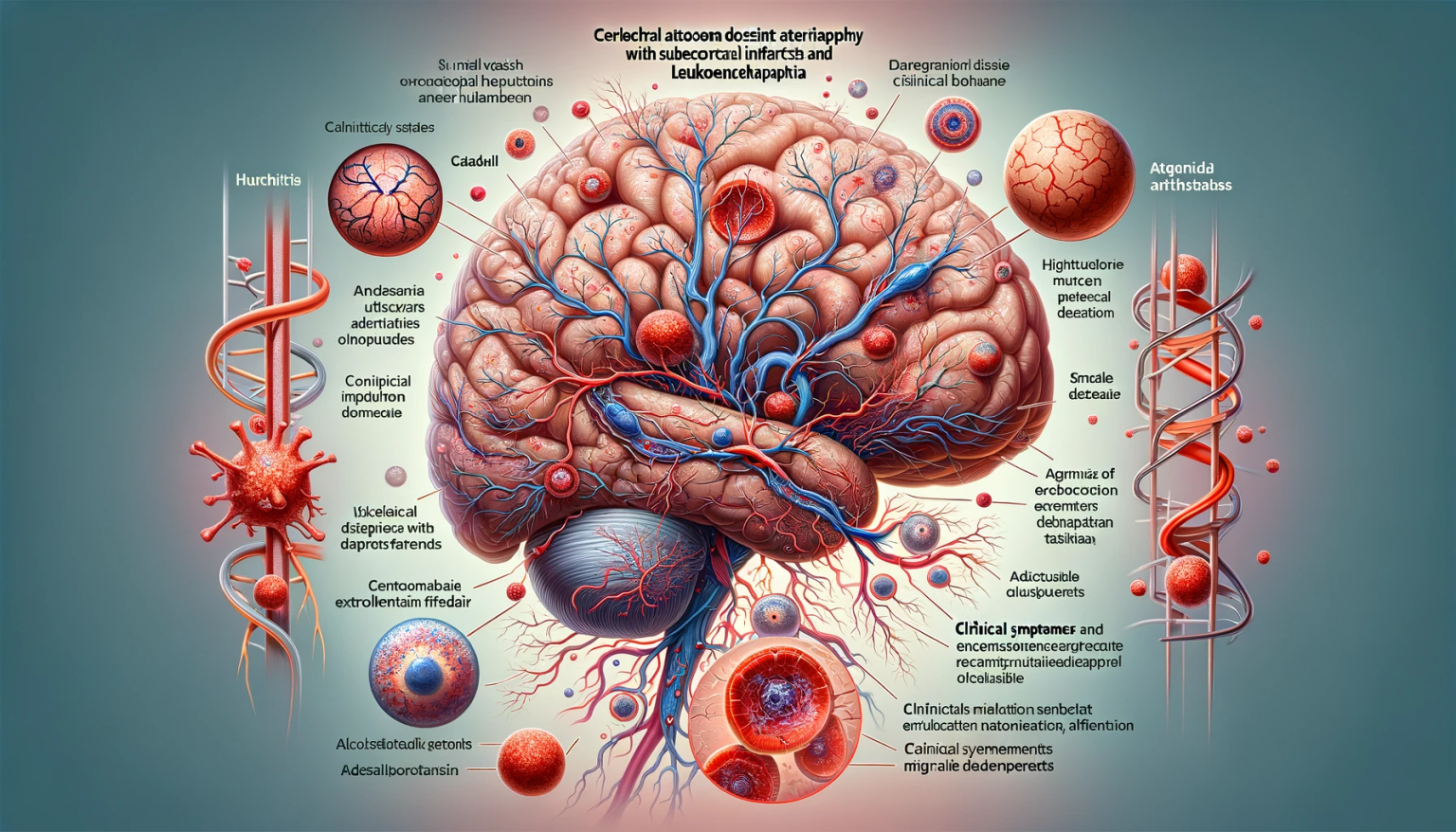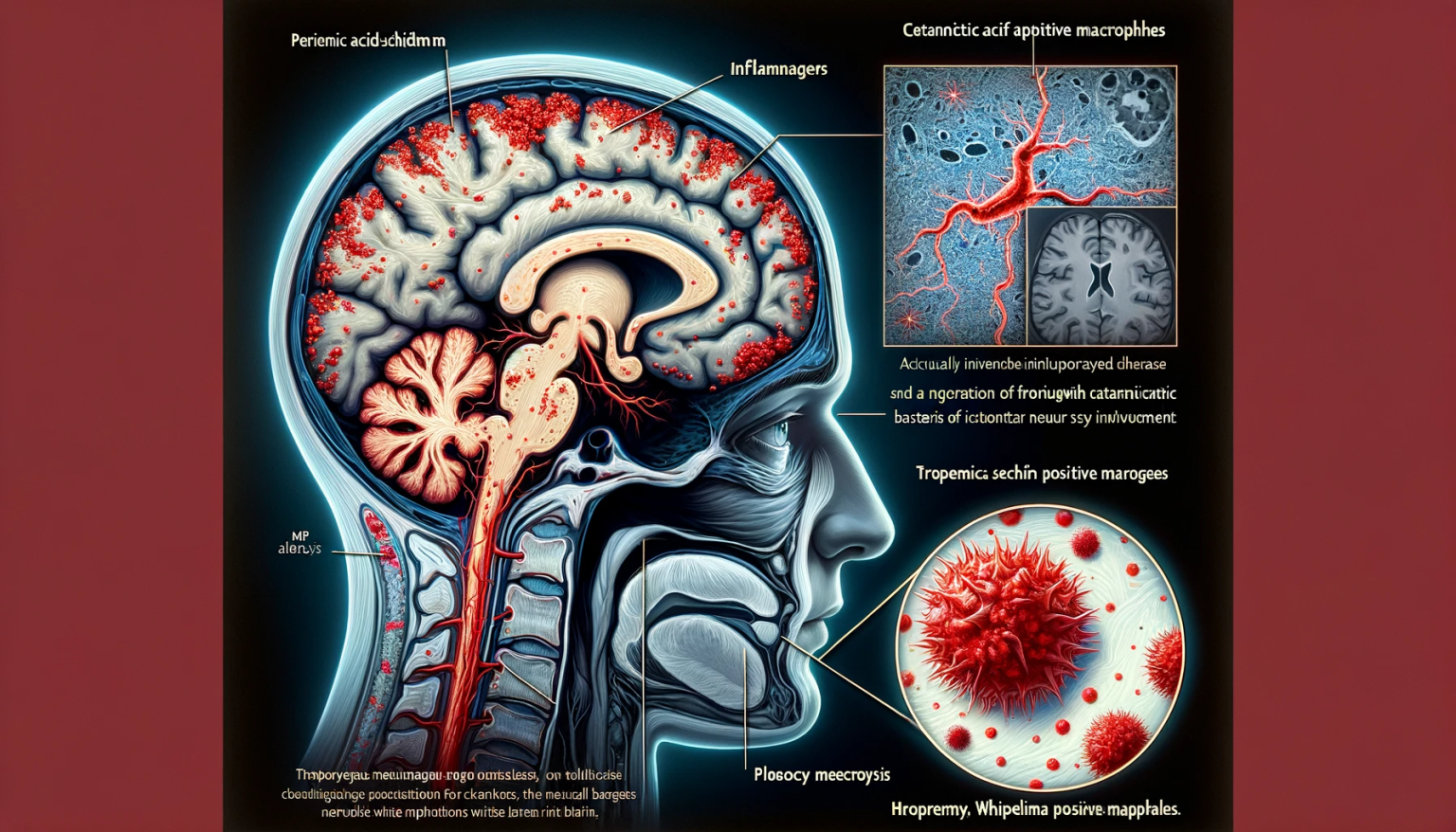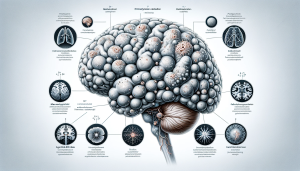Abstract: The Paradox of Pain Management
Pain Relief’s Hidden Price: The Onset of Rebound Headaches The insidious development of headaches secondary to the chronic use of medications intended for pain alleviation, termed medication-overuse headaches (MOH), presents a clinical paradox in therapeutic management.
Pharmacological Precipitants: The Inadvertent Culprits
The Usual Suspects: Analgesics and Triptans Common offenders include over-the-counter analgesics such as NSAIDs, as well as prescription migraine treatments like triptans and ergotamines, which can exacerbate headache frequency and intensity through overuse.
The Neuropharmacological Mechanisms: Sensitization and Dependency The pathophysiological mechanisms involve neural sensitization and the development of physical dependence, leading to a vicious cycle of medication intake and headache recurrence.
Clinical Conundrums: Diagnosis and Differentiation
Diagnostic Dilemmas: Disentangling MOH from Chronic Migraines Differentiating between MOH and primary headache disorders becomes a diagnostic challenge, necessitating a careful patient history and consideration of medication usage patterns.
The Withdrawal Woes: Detoxification and Its Discontents The cessation of the offending medication often results in withdrawal symptoms, adding another layer of complexity to the treatment of MOH.
Therapeutic Strategies: Breaking the Cycle
Detoxification Protocols: The First Step to Liberation A structured withdrawal from overused medications is the cornerstone of MOH treatment, often requiring a transitional therapy to mitigate withdrawal symptoms and prevent relapse.
Prophylactic Pharmacotherapy: Preventive Over Palliative The establishment of a preventive pharmacological regimen is essential to avoid the recurrence of MOH, emphasizing the importance of prophylaxis over palliative care.
Prognostic Perspectives: The Road to Recovery
Long-term Outlook: The Promise of Prognosis While the road to recovery can be challenging, the long-term prognosis for patients with MOH is favorable with appropriate intervention and patient education.
Preventive Public Health Initiatives: Educating Before Prescribing Preventive strategies, including patient and provider education on the risks of medication overuse, are crucial in reducing the prevalence of MOH.









